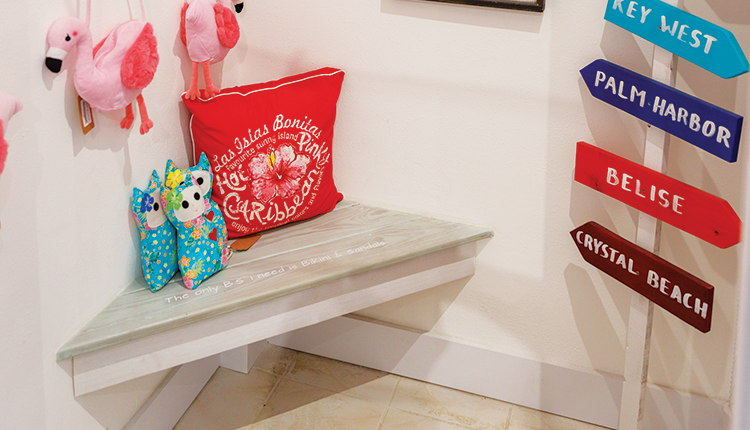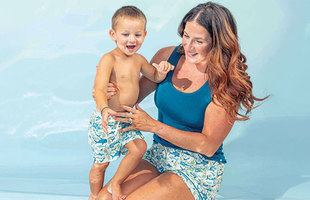
Amy Meadows, a Chicago-based visual merchandising consultant and educator says not to overlook Americans with Disabilities Act requirements regarding aisle width. “They should be able to accommodate wheelchairs and strollers.”
“During the holidays I have to squish as many tables together as I can and it can be a little tight,” says Lynn Brey, owner of Willy Nilly Trading Co., Bay Shore, New York, “but we try to always have our aisles so customers won’t have to shimmy down them. You want someone with a stroller to be able to move down the aisle.”
Lisa Haney, owner of The California Cottage, Seal Beach, California, gets quite a few senior customers. She makes sure that wheelchair and walker users will feel able to shop like anyone else.
Department stores and clothing shops used to provide “husband chairs.” But retailers nowadays hesitate to devote store space to non-sales-related furnishings.
Nonetheless, Meadows advocates a return to this practice. “Wherever possible, provide customer seating adjacent to the dressing room so customers can sit down when they need to take a break or wait for a spouse to finish trying clothes on.”



